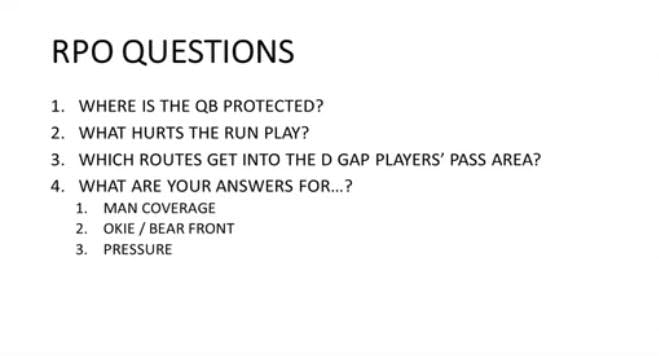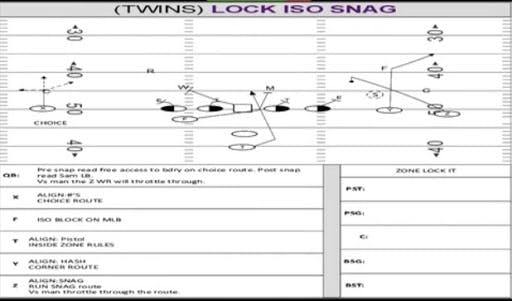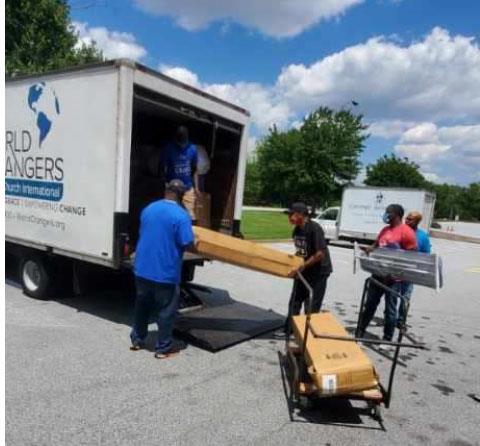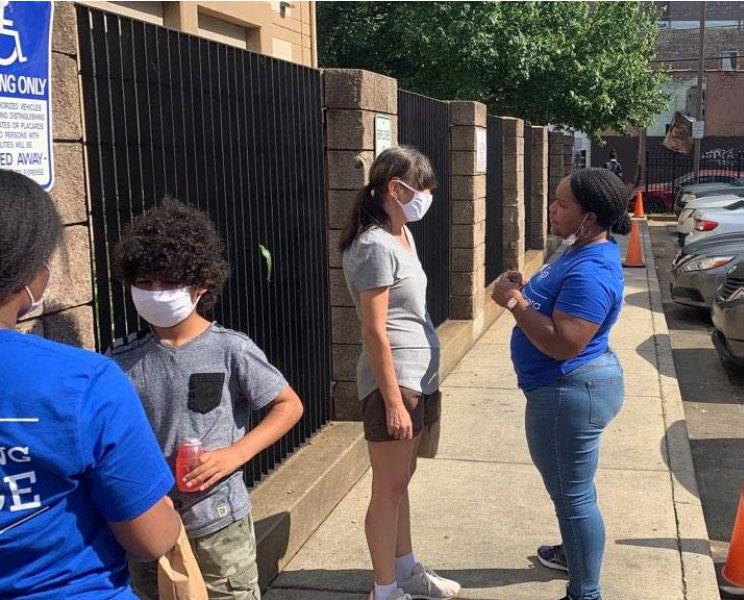By Matt Ogle
RPOs don’t have to stand for “Ridiculous Protection Offense” as John Gruden once joked. Against popular belief, RPOs can be a tool to protect the QB and more within your offense.
Newly hired MTSU OC Brent Dearmon joined Lauren’s First and Goal Clinic recently to explain his philosophy on RPOs and how he uses them to protect his QB and his run scheme.
Over the past year, Zoom clinics and X&O superheroes have seemingly overcomplicated a beautiful game that boils down to blocking and tackling. Sure, most offensive coordinators can become a bit ambitious and overzealous at times when developing and installing plays. Dearmon, on the other hand, has 4 simple yet vital questions when developing RPOs so they can be successful.
Dearmon is adamant about building RPOs to get his offense out of bad run plays and into easy passing answers. To do this, he is very particular about how he designs his RPOs as well as ensuring that his QB knows the answers to bad defensive looks. Dearmon explains how he has altered the teaching of his RPO concepts so that his QBs understand gap responsibilities rather than just pinpointing one defender to read. Here is one of Dearmon’s base Inside Zone RPOs that reads the backside C-gap post snap.
This deeper level of understanding from the QB is necessary in order to command the offense in the most efficient manner. Dearmon has stated before that he calls RPOs to run the football and to create answers, not to throw the ball every play. Another way that Dearmon creates answers to defensive adjustments is finding new ways to attack the C and D gaps.
One of Dearmon’s more complex RPOs is his Inside Zone Lock RPO. This utilizes the same run concept mentioned earlier, only with a slight alteration to the backside of the run from the Guard, Tackle, and F (some refer to this as the H-back, off Y, or Sniffer). You can see this blocking scheme and RPO concept below.
Within this RPO, the QB must fix problems in the playside D-gap and the backside D-gap. Pre-snap, the QB can choose the route that he wants his receiver to run. This is the “Gift” concept, but the route can change depending on the alignment of the corner. More popular pre-snap gifts include hitches, slants, speed outs, fades, or any quick game throw that the QB and receiver can execute at a high percentage.
Post-snap, the QB is reading the D-gap defender. In this diagram above, the D-gap defender is the Sam linebacker, although this can change depending on the defense. This is the exact reason Dearmon teaches his QB to read gaps, not players.
Dearmon emphasizes that his scheme and concepts are not the only way to run RPOs, however, he does strongly believe that the QB must feel protected and know where he is protected to utilize RPOs as an answer instead of a hopeful life line.
Extra Nugget:
Dearmon references the 2013 Auburn offense which used the Inside Zone Go RPO concept to help win late in the game against Alabama. You can view the All-22 clip of this play below:
Dearmon's course "Gap Sound RPO's" is available here.











